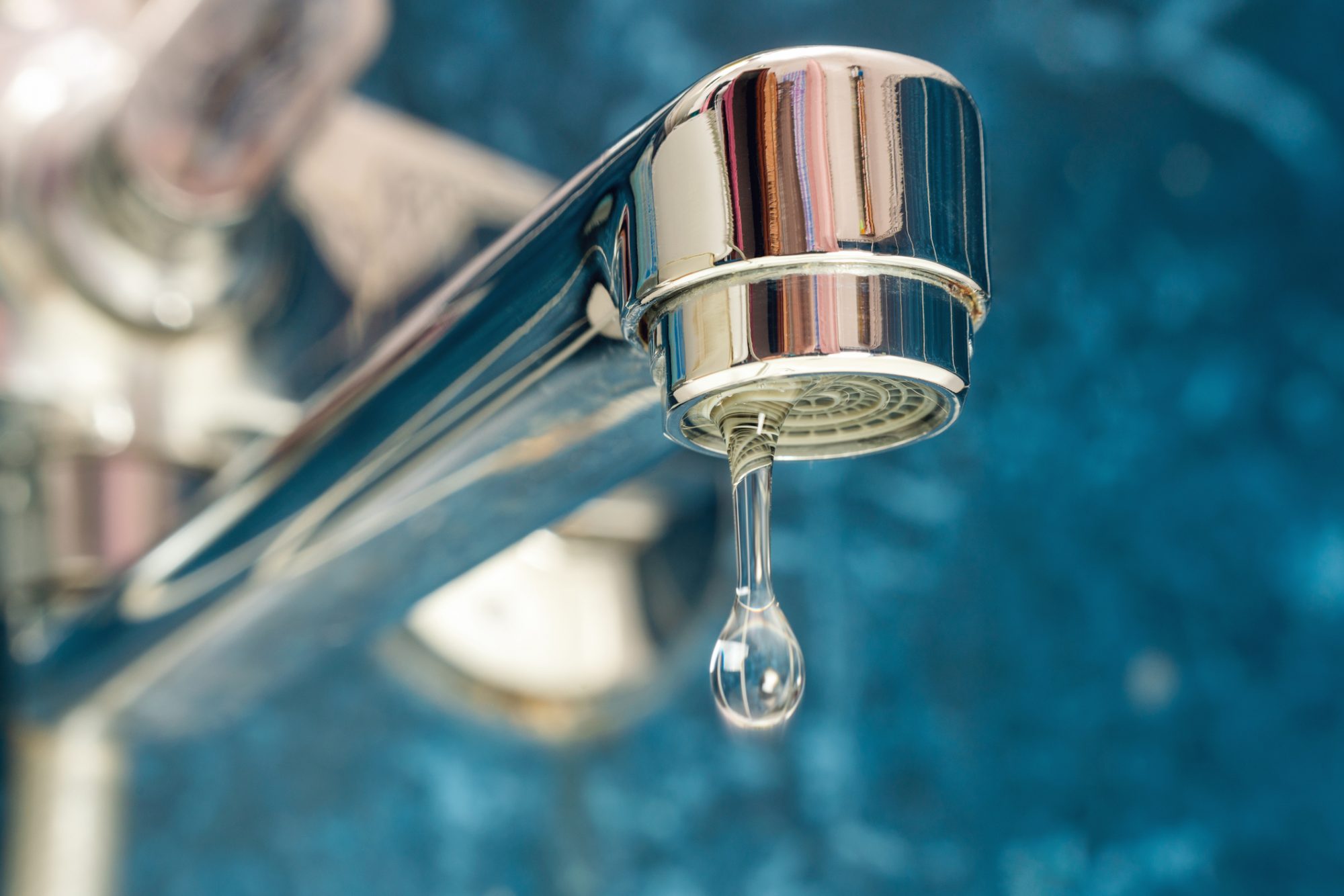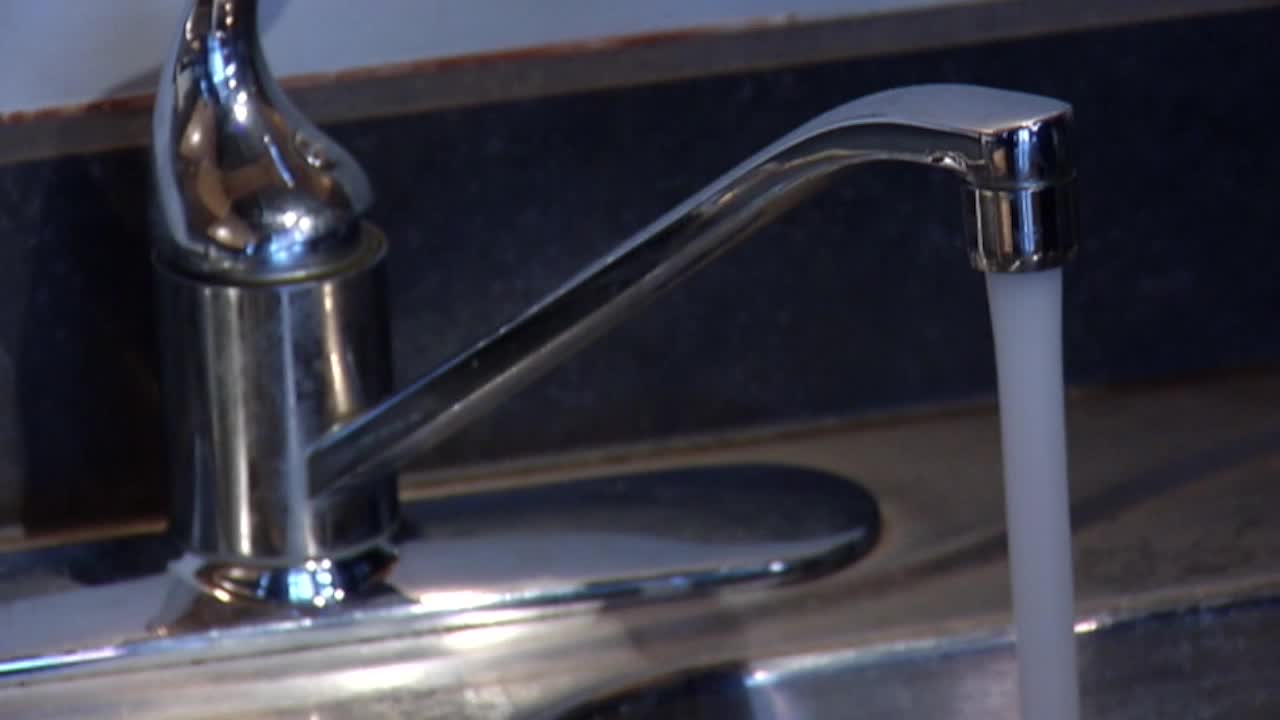Why a Faulty Faucet Is Crucial
Why a Faulty Faucet Is Crucial
Blog Article
What're your ideas about Potential Health Risks Associated With Leaky Faucets?

Introduction
A dripping tap might look like a minor annoyance, yet its repercussions prolong much beyond the periodic drip. Recognizing the results of a leaky tap is critical for both property owners and the setting. In this article, we'll discover the numerous influences of this common house concern and why addressing it quickly is necessary.
Root Causes Of Leaky Faucets
Leaky taps can arise from a selection of variables, including damage, high water pressure, and corrosion. In time, the constant use of taps can result in damaged seals and gaskets, triggering leakages to create. Additionally, too much water pressure can place pressure on plumbing components, bring about leaks. Rust and corrosion can also deteriorate faucet elements, making them susceptible to leakage.
Water Waste
One of one of the most substantial effects of a leaking faucet is water wastage. Even a small drip can add up to gallons of wasted water in time. This not just increases water expenses but additionally contributes to water shortage and environmental destruction. Resolving leaking faucets without delay is important for conserving this priceless resource and minimizing its impact on the planet.
Financial Effect
Along with drainage, dripping taps can additionally have a significant financial impact. Raised water costs are a straight effect of water wastefulness, costing property owners hundreds of bucks every year. Additionally, the cost of fixing water damages triggered by leaks can be substantial, specifically if left ignored for an extended period.
Ecological Effect
The environmental effect of leaky faucets expands beyond water wastage. By saving water, home owners can contribute to broader efforts to mitigate water deficiency and secure natural communities. Lasting options such as rain harvesting and water-efficient components can further minimize the ecological impact of house water use.
Technological Solutions
Advancements in modern technology have caused the growth of smart faucets and water-saving devices that aid minimize water wastefulness. Smart faucets utilize sensors to detect motion and adjust water circulation accordingly, lowering waste without compromising benefit. Water-saving tools such as aerators and low-flow showerheads are likewise efficient in saving water without jeopardizing performance.
Worldwide Point of views
While leaky taps may seem like a local issue, they add to wider global difficulties such as water shortage and environment modification. In areas currently encountering water anxiety, every decline counts, making leak avoidance and fixing crucial. By adopting water-saving techniques and buying lasting modern technologies, homeowners can play their component in dealing with these pushing worldwide issues.
Regulative Actions
Government policies play an important role in alleviating the impact of dripping faucets and advertising water preservation. From building codes that call for water-efficient components to water-saving incentives and rebates, policymakers have a series of tools at their disposal. By applying and imposing these guidelines, governments can make sure that homeowners prioritize water preservation in their daily lives.
Neighborhood Effect
Addressing leaking taps requires collective efforts at the neighborhood degree. By elevating awareness concerning the value of water conservation and supplying resources for leakage detection and fixing, local authorities can empower property owners to act. Campaigns such as water-saving refund programs and leak discovery projects can incentivize habits modification and promote responsible water usage.
Case Researches
Real-life instances of the effect of leaking taps underscore the significance of positive maintenance and prompt repairs. From water damages to escalating water costs, the repercussions of disregarding leakages can be serious. By sharing these case studies, homeowners can better understand the importance of resolving leaky taps quickly.
Educational Campaigns
Educational projects play a critical role in elevating awareness regarding the results of leaky taps and promoting water conservation practices. Through workshops, seminars, and on the internet sources, house owners can find out how to detect and repair leakages themselves. By encouraging people with understanding and tools, instructional campaigns can foster a culture of responsible water use within neighborhoods.
Health and wellness Concerns
Leaking taps can produce helpful atmospheres for mold and mildew and mildew growth, presenting health and wellness dangers to owners. The visibility of mold and mildew can aggravate breathing problems and allergies, particularly in prone people. Furthermore, water damages resulting from leaks can jeopardize the structural stability of structures and result in costly repair services.
Do it yourself vs. Expert Repair
When faced with a leaky faucet, home owners often debate whether to attempt repairs themselves or hire an expert plumber. While DIY repair services can conserve money, they might not always resolve the underlying issue properly. Expert plumbing technicians have the experience and devices to diagnose and take care of leaks correctly, making certain long-lasting options and satisfaction for house owners.
Preventive Measures
Stopping dripping faucets needs normal upkeep and proactive procedures. Straightforward jobs such as changing worn-out washing machines and seals can avoid leaks from establishing. Additionally, upgrading to top notch components and minimizing water stress can aid lengthen the lifespan of taps and decrease the threat of leakages.
Verdict
Finally, the results of a dripping tap prolong far beyond the occasional drip. From water wastage and enhanced water expenses to health issues and environmental impact, the effects of overlooking leakages can be considerable. By dealing with dripping faucets promptly and adopting water-saving practices, property owners can reduce these results and add to a much more sustainable future.
Why You Shouldn’t Ignore a Leaky Faucet in Your Home
What Causes a Leaky Faucet?
Various factors can cause a leak, from loose and worn-out parts to corrosion. Your faucet has four essential components from which most plumbing issues will stem: the O-ring, the valve seat, the washer and the gasket.
What Is an O-Ring?
The O-ring is a stem screw that fastens parts of the faucet in place, preventing water from leaking out of the spout. Depending on your faucet type, the stem might have multiple O-rings. Water will drip from the faucet’s handles and base if this part breaks or deteriorates.
What Is a Valve Seat?
The valve seat controls the flow and temperature of the water. Found at the base of the handle, it works as a seal for the faucet’s stem. The valve seat ensures the water is allowed to flow or is blocked as the handles dictate. You’ll know it’s malfunctioning when water leaks from your faucet’s sides.
What Is a Gasket?
The gasket is found between the water inlet and the valve stem. It creates a seal between the faucet and the sink, holding its joints by aerators attached to the stem’s head. Water will trickle out from the base if the gasket isn’t working.
What Is a Washer?
The washer secures the handles and prevents leakage, serving a similar purpose to the O-ring. While the O-ring is ordinarily round and made from an elastic material, such as rubber, the washer is square-shaped and composed of brass, copper and other hard metals. If it malfunctions, corrodes or has been improperly installed, water will leak out of the handles, causing that incessant faucet drip.
Why Is a Leaky Faucet Dangerous?
A leaky faucet left alone for too long can have significant consequences.
Pest Infestations
Since bugs and rodents gravitate towards the scent of water, a leaky faucet will draw pests to your sink. Both are looking for leaks accessible through crawl spaces, which a faucet provides. If you leave water dripping for too long, you run the risk of an infestation.
Rust
If one of the faucet parts has started to corrode, the resulting rust can spread to your pipes and valves with startling speed. The rust might even lead to cracks or other impairments, resulting in more severe plumbing issues.
Your sink could also sustain damage from a leaky faucet. The water in your tap possesses sparse elements of calcium and iron that can stain your sink with repeated and prolonged exposure. Once those elements in the water have been open to the air for some time, your sink will start to rust, creating marks that can be difficult to remove.
https://www.tomsmechanical.com/blog/why-you-shouldnt-ignore-a-leaky-faucet-in-your-home

We had been shown that write-up about The Environmental Impact of Leaky Faucets from a pal on another website. Enjoyed reading our write up? Please share it. Help others find it. Many thanks for your time invested reading it.
Report this page